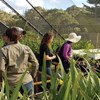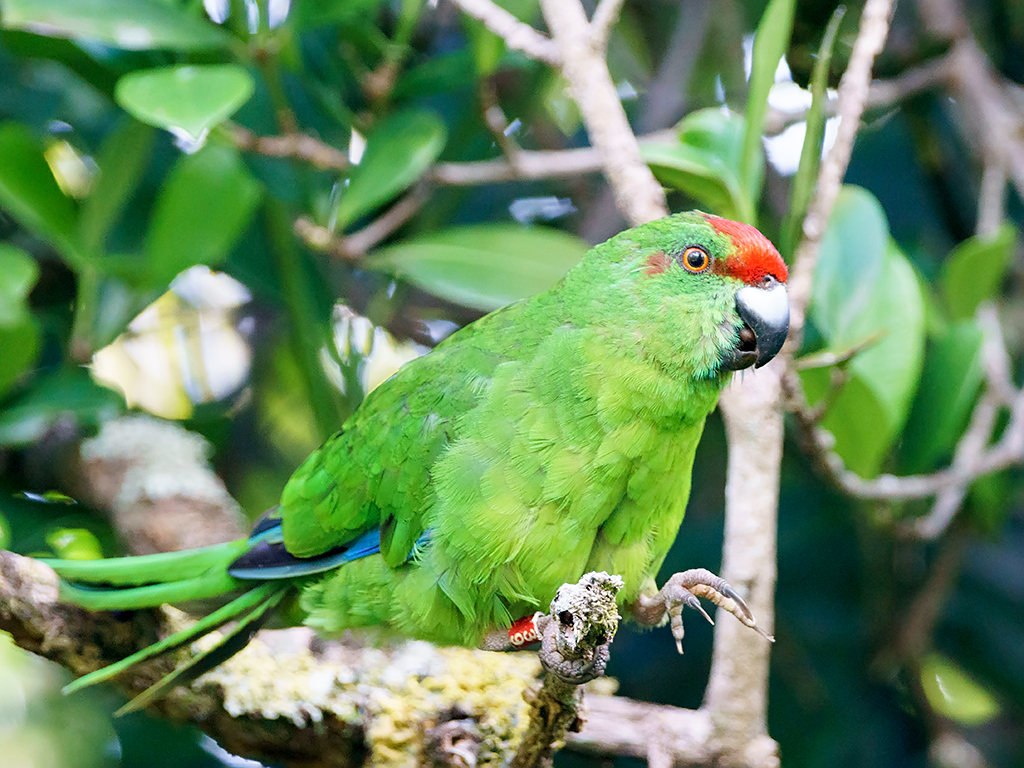
Learning from success and extinction
Wednesday, 30 March 2016Australia has had remarkable success with saving species otherwise doomed to extinction – including the Kangaroo Island Glossy Black-Cockatoo, Norfolk Island Green Parrot and Gilbert’s Potoroo.
Glossy Black-Cockatoos were headed for extinction twenty years ago. The ageing flock of 150 birds scattered among Kangaroo Island’s remaining casuarina trees was not being replenished by younger members.
A combination of research, investment and dedication revealed a previously unrecognised threat - possums. By protecting nest hollows with corrugated iron collars and trimming the foliage of neighbouring trees, nesting success was doubled. Today the population has nearly tripled, with a good chance of continued growth.
Australia’s success stories are worthy of celebration and study, and Project 6.4 will translate research lessons into concrete guidelines for recovery teams, explains Project Leader Professor Stephen Garnett.
“We’ll also learn from the failures - species have been lost that could have been saved. Christmas Island lost its last tiny pipistrelle bat in 2009, and the Bramble Cay native rat hasn’t been seen since 2007,” says Professor Garnett.
“We need to learn lessons from these extinctions - how did species fall through the safety nets of legislation and policy? What systems failed and why? How can we be sure further extinctions can be avoided?
“Monitoring the processes behind recovery may be just as important as monitoring threatened species. This includes pressures placed on individuals, the support mechanisms in place and even different world views - sometimes it is a fear of failure itself that has led to fatal inaction.
“As well as requiring top class science, effective leadership, local commitment, time and substantial investment – organisational governance, resourcing and leadership often appear to influence outcomes. How these interact should emerge over the coming year.”
One element sure to be discussed will be the makeup of successful recovery teams – whether they’re more likely to include advocates as well as managers, and the role NGOs with an interest in conservation can play in ensuring transparency.
Guidelines produced through this project will support the national Threatened Species Strategy by identifying improvements to the recovery process and ultimately increasing the chances of conservation success.
Image: Norfolk Island Parakeet (Cyanoramphus cookie) - (Flickr CC by David Cook).
-
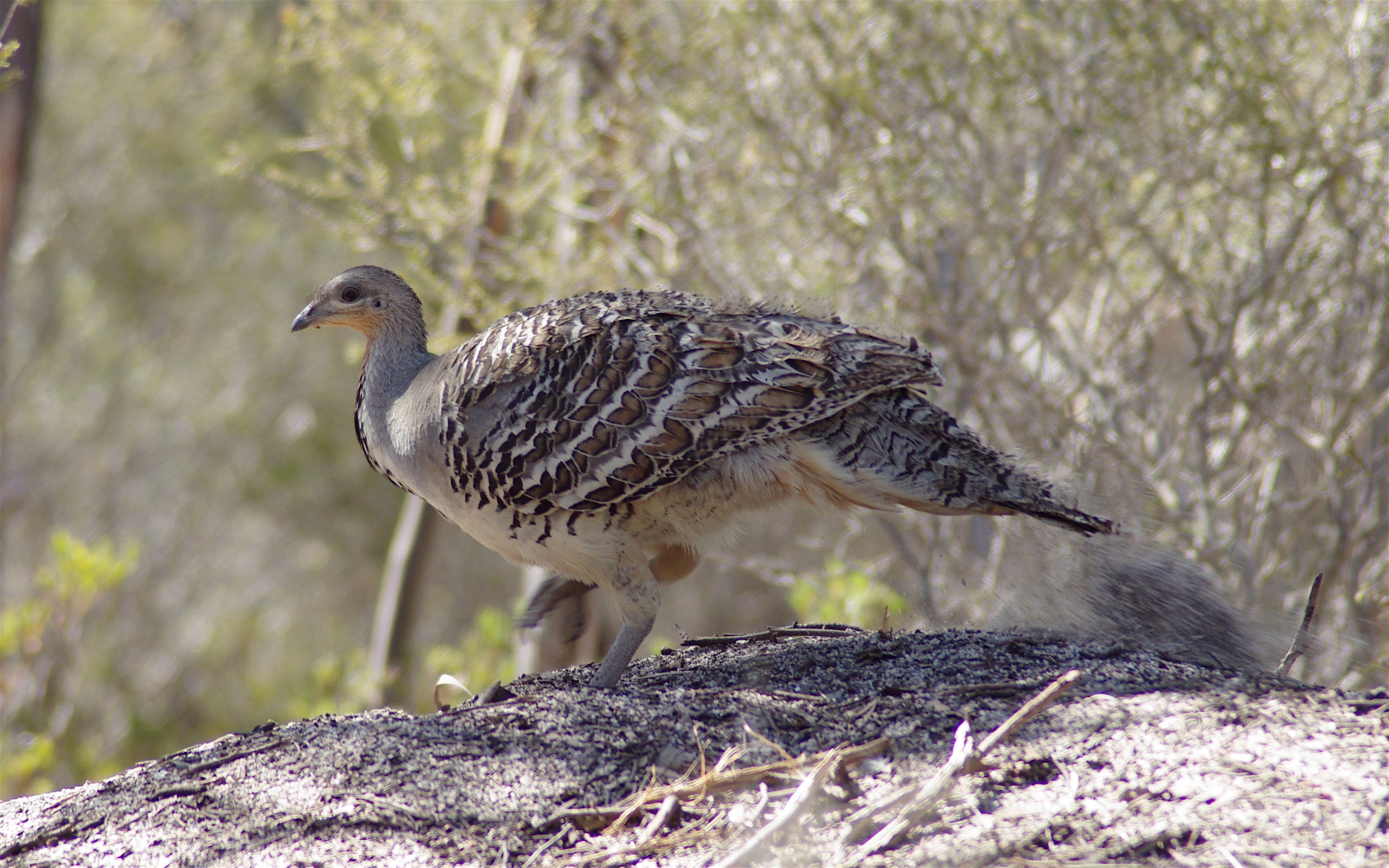
Best-practice governance for threatened species recovery teams
Wednesday, 14 December 2016 -
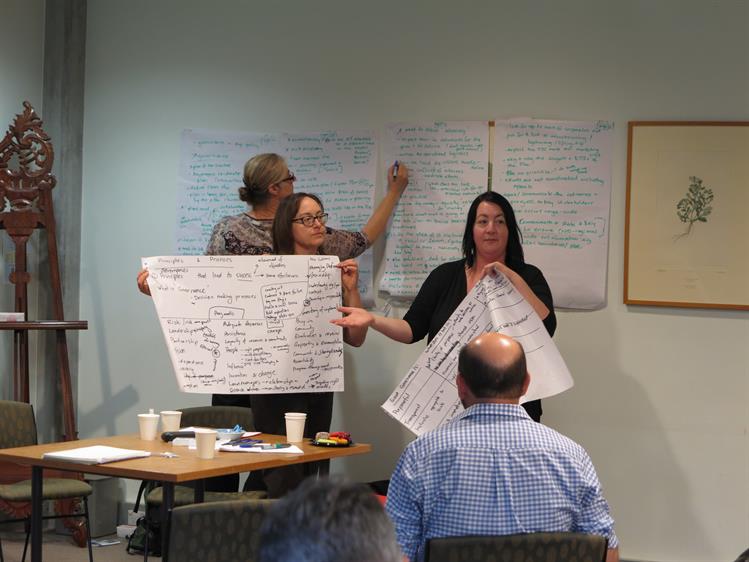
Learning from conservation success
Thursday, 02 July 2020 -
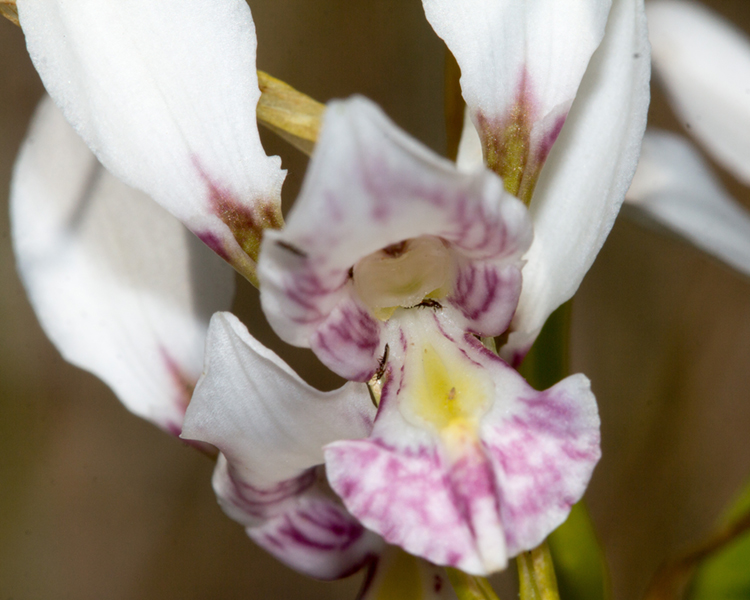
Recovering Australian threatened species - Reasons to be hopeful
Tuesday, 29 May 2018 -
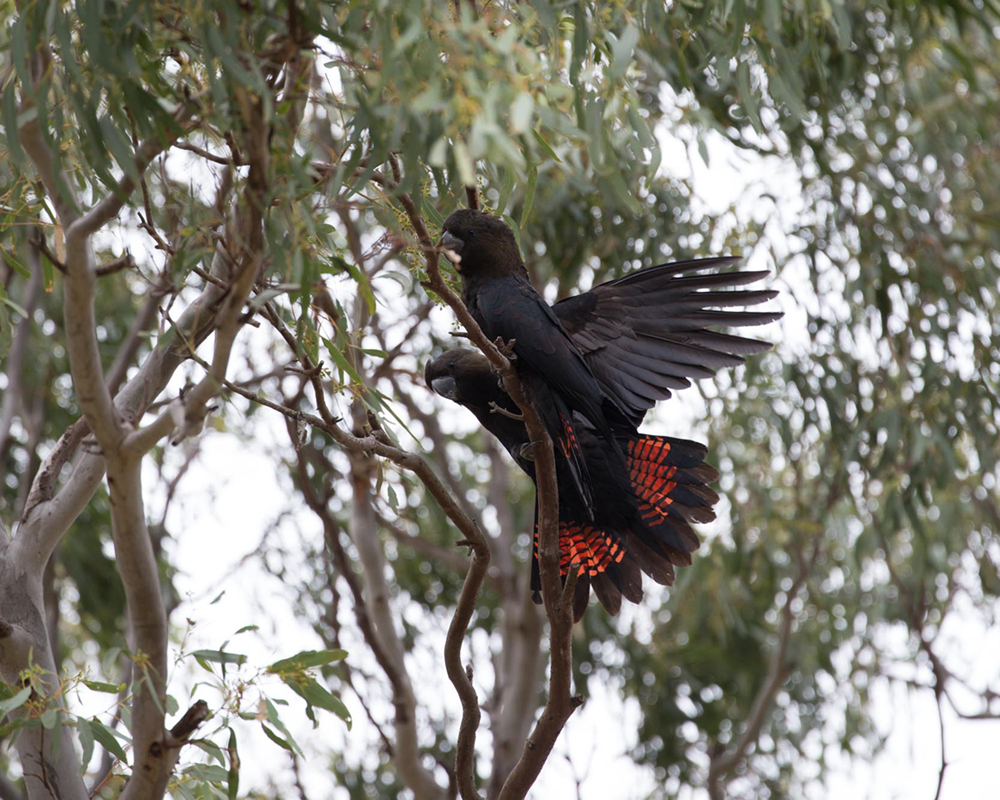
Success for Kangaroo Island’s glossy-black cockatoos
Tuesday, 29 May 2018 -

The governance of saving species
Wednesday, 14 December 2016

